All the solutions provided in McGraw Hill My Math Grade 5 Answer Key PDF Chapter 6 Lesson 2 Use Models to Multiply will give you a clear idea of the concepts.
McGraw-Hill My Math Grade 5 Answer Key Chapter 6 Lesson 2 Use Models to Multiply
Draw It
Find 0.4 × 2 using decimal models.
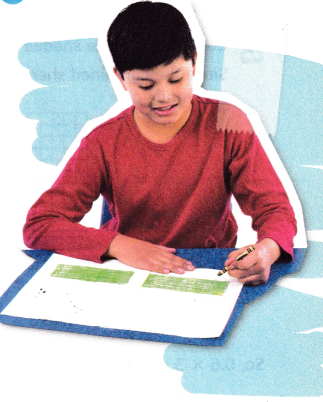
1. Shade 4 rows of each model to represent 0.4.
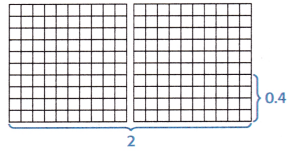
Answer:
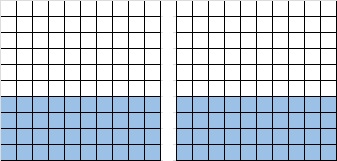
Explanation:
Using decimals extends the place value system to represent parts of a whole.
In the above model 4 rows are shaded as they are parts of 2 wholes.
The use of a decimal point is a symbol that separates the tenths from the ones.
So, 2 x 0.4 = 0.8
2is the who1e number and 0.4 is the part of the whole.
2. Combine both shaded parts onto one model.
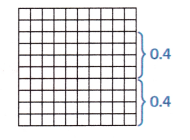
Answer:
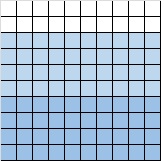
The amount shaded is ___________. Eight tenths of the model is shaded.
So, 0.4 × 2 = __________.
Check Use repeated addition.

Answer:
The amount shaded is 0.8.
Eight tenths of the model is shaded.
So, 0.4 × 2 = 0.8
Explanation:
Repeated addition is adding groups of numbers together multiple times.
It is a type of multiplication 0.8 is the tenth part of the whole as shown above.
Try It
Find 0.6 × 3 using decimal models.
1. Shade 6 rows of each decimal model to represent 0.6.
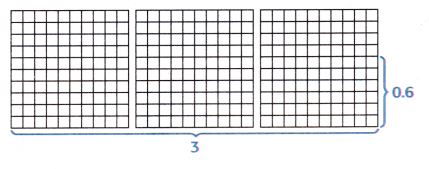
Answer:
1.8
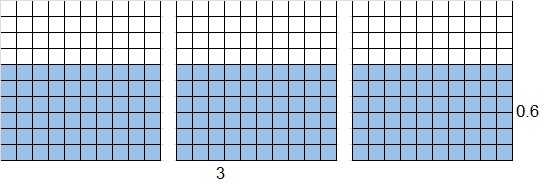
Explanation:
Using decimals extends the place value system to represent parts of a whole.
In the above model 6 rows are shaded as they are parts of a 3 wholes.
The use of a decimal point is a symbol that separates the tenths from the ones.
So, 3 x 0.6 = 1.8
2. Combine all three shaded parts.
Since the combined shaded parts will not fit into one model, use two models.
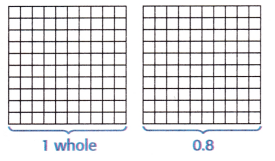
One whole model and eight tenths of a second model are shaded.
The total amount shaded is ____________.
So, 0.6 × 3 = ___________.
Answer:
1.8
Explanation:
The total amount shaded is 1.8
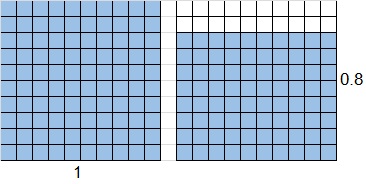
1 is the whole number and 0.8 is the tenth part of a whole.
So, 0.6 × 3 = 1.8
Talk About It
Question 1.
The table shows some factors and their products. Study the table. Write a rule you can use to find the product of a whole number and a decimal without using models.
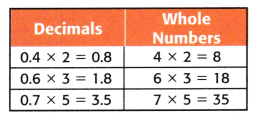
Answer:
Repeated addition is adding groups of numbers together multiple times.
It is a type of multiplication.
Explanation:
0.4 + 0.4 = 0.8
10 x 0.4 = 4
4 x 2 = 8
0.6 + 0.6 + 0.6 = 1.8
0.6 x 3 = 1.8
10 x 0.3 = 3
6 x 3 = 18
0.7 + 0.7 + 0.7 + 0.7 + 0.7 = 3.5
0.7 x 5 = 3.5
10 x 3.5= 35
7 x 5 = 35
Question 2.
Mathematical PRACTICE Justify Conclusions Use your rule from Exercise 1 to find 0.4 × 4 without using models. Explain the process you used.
Answer:
Multiplication can be done without using models by repeated addition.
Explanation:
Repeated addition is adding groups of numbers together multiple times.
It is a type of multiplication.
0.4 + 0.4 + 0.4 + 0.4 = 0.16
0.4 x 4 = 1.6
10 x 0.4 = 4
4 x 4 = 16
Practice It
Shade the models to find each product.
Question 3.
0.3 × 2 = ___________

Answer:
0.6

Explanation:
Using decimals extends the place value system to represent parts of a whole.
In the above model 3 rows are shaded in each as they are parts of a 2 wholes.
The use of a decimal point is a symbol that separates the tenths from the ones.
So, 0.3 is the tenth part of a whole.
0.3 x 2 = 0.6
Question 4.
2 × 0.7 = _____________

Answer:
1.4

Explanation:
Using decimals extends the place value system to represent parts of a whole.
In the above model 7 rows are shaded in each as they are parts of a 2 wholes.
The use of a decimal point is a symbol that separates the tenths from the ones.
So, 0.7 is the tenth part of a whole.
0.7 x 2 = 1.4
Question 5.
0.3 × 3 = _____________

Answer:
0.9

Explanation:
Using decimals extends the place value system to represent parts of a whole.
In the above model 3 rows are shaded in each as they are parts of a 2 wholes.
The use of a decimal point is a symbol that separates the tenths from the ones.
So, 0.3 is the tenth part of a whole.
0.3 x 3 = 0.9
Question 6.
3 × 0.1 = ___________

Answer:
0.3

Explanation:
Using decimals extends the place value system to represent parts of a whole.
In the above model 1 rows are shaded in each as they are parts of a 3 wholes.
The use of a decimal point is a symbol that separates the tenths from the ones.
So, 0.1 is the tenth part of a whole.
0.1 x 3 = 0.3
Apply It
Shade decimal models to solve each problem.
Question 7.
Mathematical PRACTICE Use Math Tools Eva has change to buy bottled water after gymnastics class for herself and her friend. Each bottle of water is $0.70. How much change does Eva have? Use repeated addition.
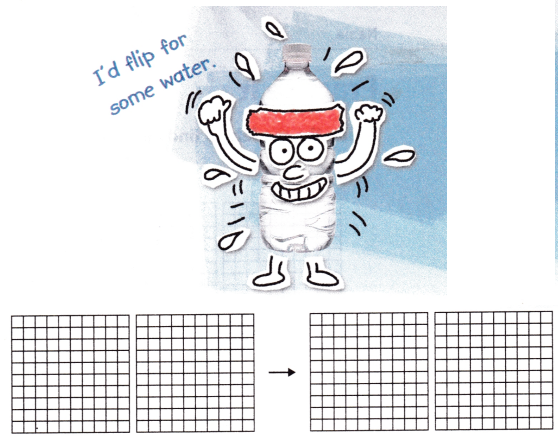
Answer:
$1.4

Explanation:
Cost of each bottle is $0.70
Cost of water bottle for herself and her friend,
$0.70 + $0.70 = $1.4
2 x $0.70 = $1.4
Question 8.
Caleb is growing a plant in science class. The plant grows 0.4 centimeters each week. How much will the plant grow in 3 weeks?

Answer:
1.2

Explanation:
The plant grows 0.4 centimeters each week.
Total growth of plant in 3 weeks,
0.4 x 3 = 1.2
Write About It
Question 9.
How does using a model help me multiply decimals by whole numbers?
Answer:
Multiplication is repeated addition, as shown in the above pictures
multiplication of 2.5 x 2 = 2.5 + 2.5 = 5
Explanation:
Using decimals extends the place value system to represent parts of a whole.
The use of a decimal point is a symbol that separates the tenths from the ones,
or the ‘part from the whole’.
For example, in the number 2.5, the decimal point separates the 2 ones and the 5 tenths.
McGraw Hill My Math Grade 5 Chapter 6 Lesson 2 My Homework Answer Key
Practice
Question 1.
Shade the models to find 3 × 0.7.
3 × 0.7 = _____________
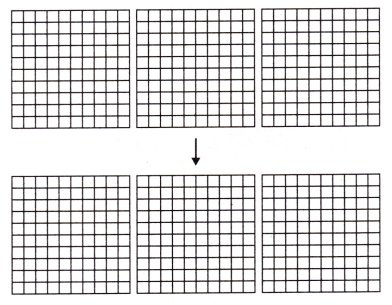
Answer:
2.1
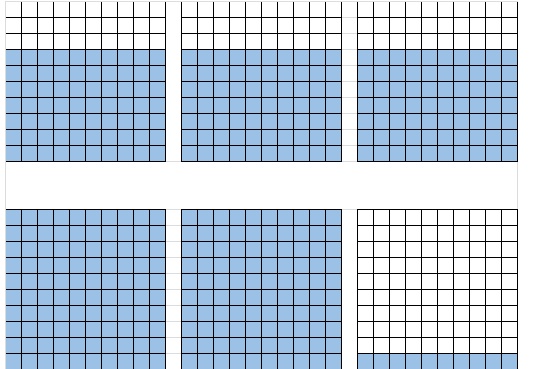
Explanation:
In the number 0.7, the decimal point separates as 7 tenths of a whole.
So, 3 wholes are shaded 7 tenths of a whole each.
0.7 x 3 = 2.1
Problem Solving
Shade decimal models to solve each problem.
Question 2.
Tyrell lives in a town that is 0.8 kilometer above sea level. He works at a ski resort that is 3 times higher above sea level. How many kilometers above sea level is the ski resort?
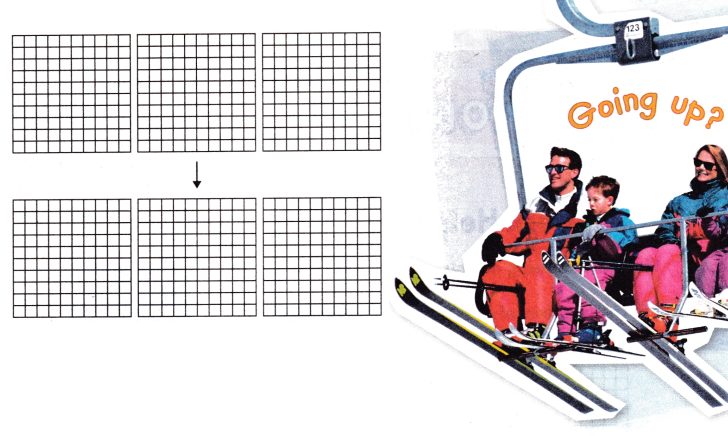
Answer:
2.4 kilometer.
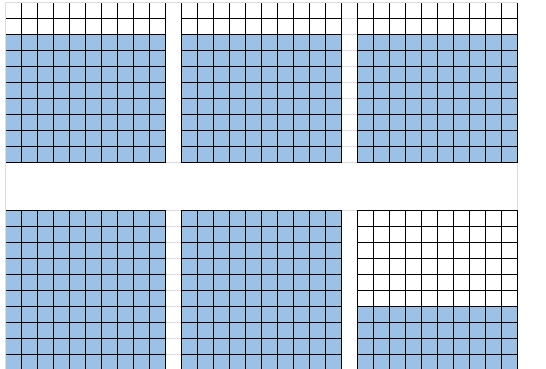
Explanation:
Tyrell lives in a town that is 0.8 kilometer above sea level.
He works at a ski resort that is 3 times higher above sea level.
Number of kilometers above sea level is the ski resort,
0.8 x 3 = 2.4 km
Question 3.
Poncio walks 0.5 mile to school each day. Multiply the distance by 2 to find the total distance he walks each day.

Answer:
1 mile

Explanation:
Poncio walks 0.5 mile to school each day.
Multiply the distance by 2.
The total distance he walks each day,
0.5 + 0.5 = 1.0
Question 4.
Mathematical PRACTICE Use Math Tools Sarah buys a pen that costs $0.75. How much will 2 pens cost?

Answer:
$1.5

Explanation:
Sarah buys a pen that costs $0.75.
Cost of 2 pens = 0.75 + 0.75 = $1.5
$0.75 x 2 = $1.5